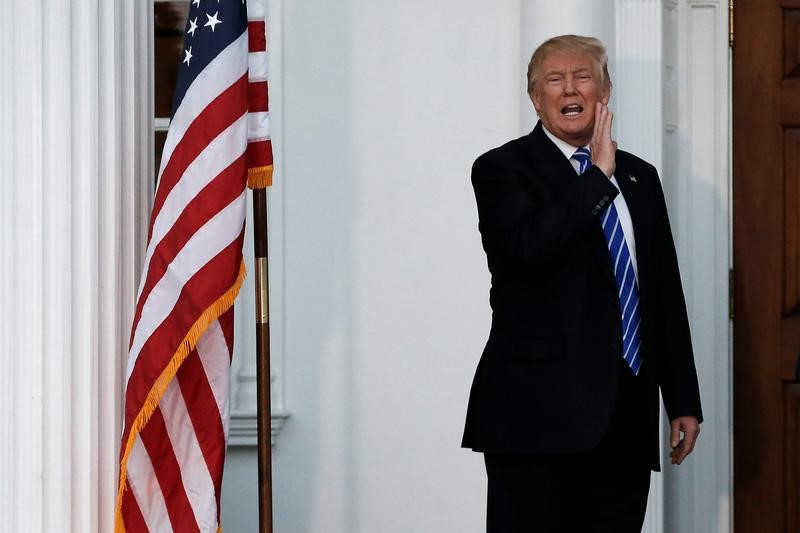Investing.com - Economic growth in the U.S. economy unexpectedly accelerated in the first quarter, although economists warned that the underlying dynamic may not be as positive as the headline number suggested.
The Bureau of Economic Analysis said Friday that gross domestic product registered a seasonally adjusted annual rate of 3.2% growth in the first three months of 2019, above expectations for a reading of 2.0% and an increase from 2.2% in the final three months of last year.
The strong expansion was boosted by inventories and net trade that served to offset a slowdown in consumer spending.
The reading blasted past not only the consensus estimate but settled well above the highest estimate of 2.9% in the most recent Bloomberg survey of economists. The number was particularly remarkable, given headwinds from the government shutdown at the start of the year, and from lingering worries about the still-unresolved trade dispute with China.
U.S. futures immediately saw upside after the release with Dow futures paring earlier losses, S&P futures turning slightly positive and Nasdaq 100 futures extending gains ahead of the open.
However, the dollar eased slightly and bond yields fell as analysts argued that the uptick may not last.
"Fab Q1 GDP print..till you look under the hood and kick the tires," Megan Greene, chief economist with Manulife/John Hancock Asset Management, said via Twitter. She argued that the inventory buildup "will have to be unwound" dragging on future growth, while government spending outside the defense sector was weak.
.
A Turn in the Trend, or Just a Blip?
Prior to Friday’s publication, growth had been steadily slowing in the U.S. economy since a peak of 4.2% in the second quarter of 2018.
Coupled with a gloomier outlook for the global economy and muted inflation stateside, the Federal Reserve opted to take a pause from policy tightening in January.
Policymakers are set to meet next week and markets do not expect any changes to official interest rates. But financial markets price in a more than 50% chance that the Fed will in fact cut rates by the end of the year, even after the data release.
For some, however, that was a step too far.
"Simple point is that this does not even vaguely make the case for a Fed rate cut," said ADM ISI strategist Marc Ostwald.
